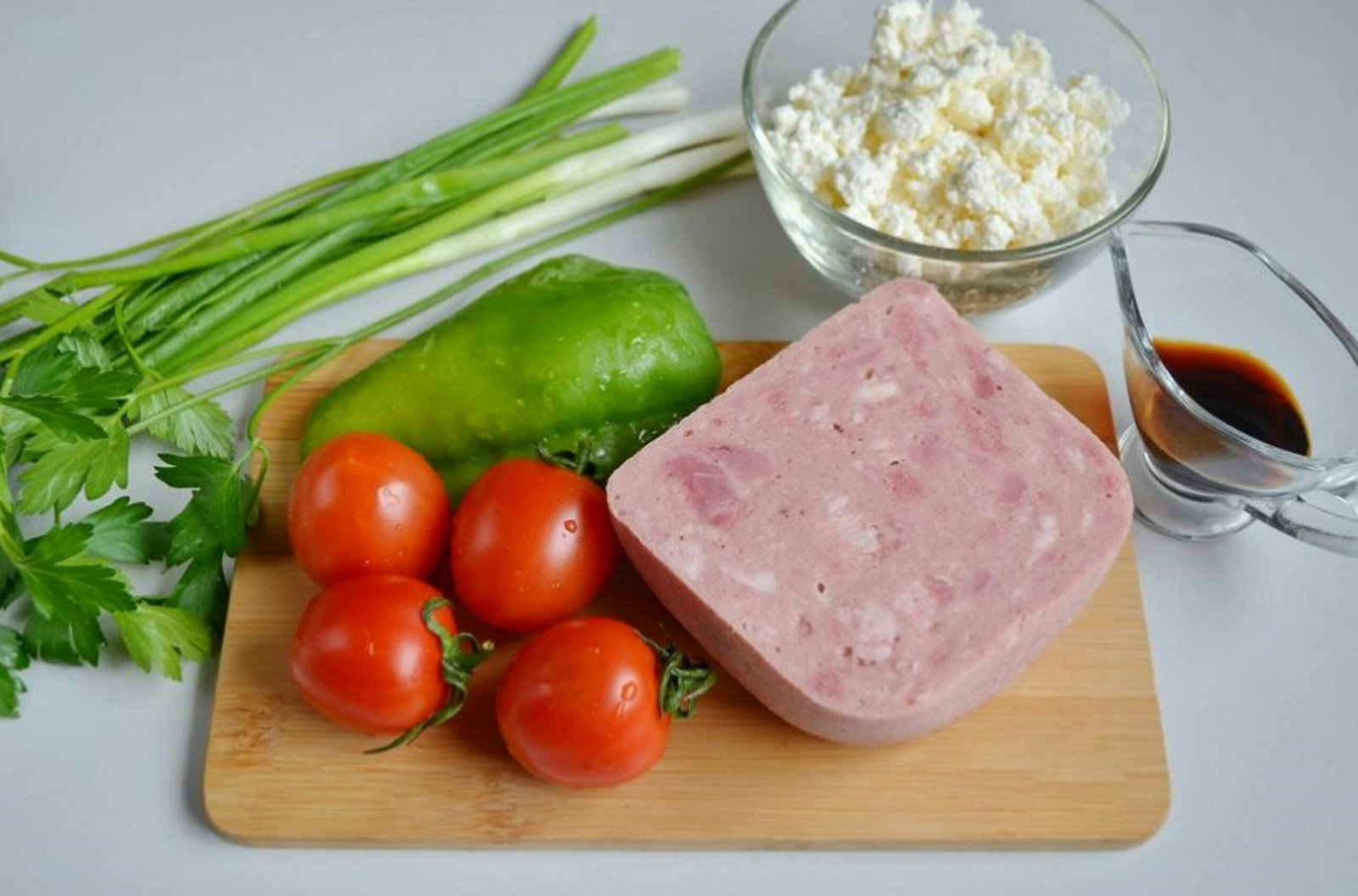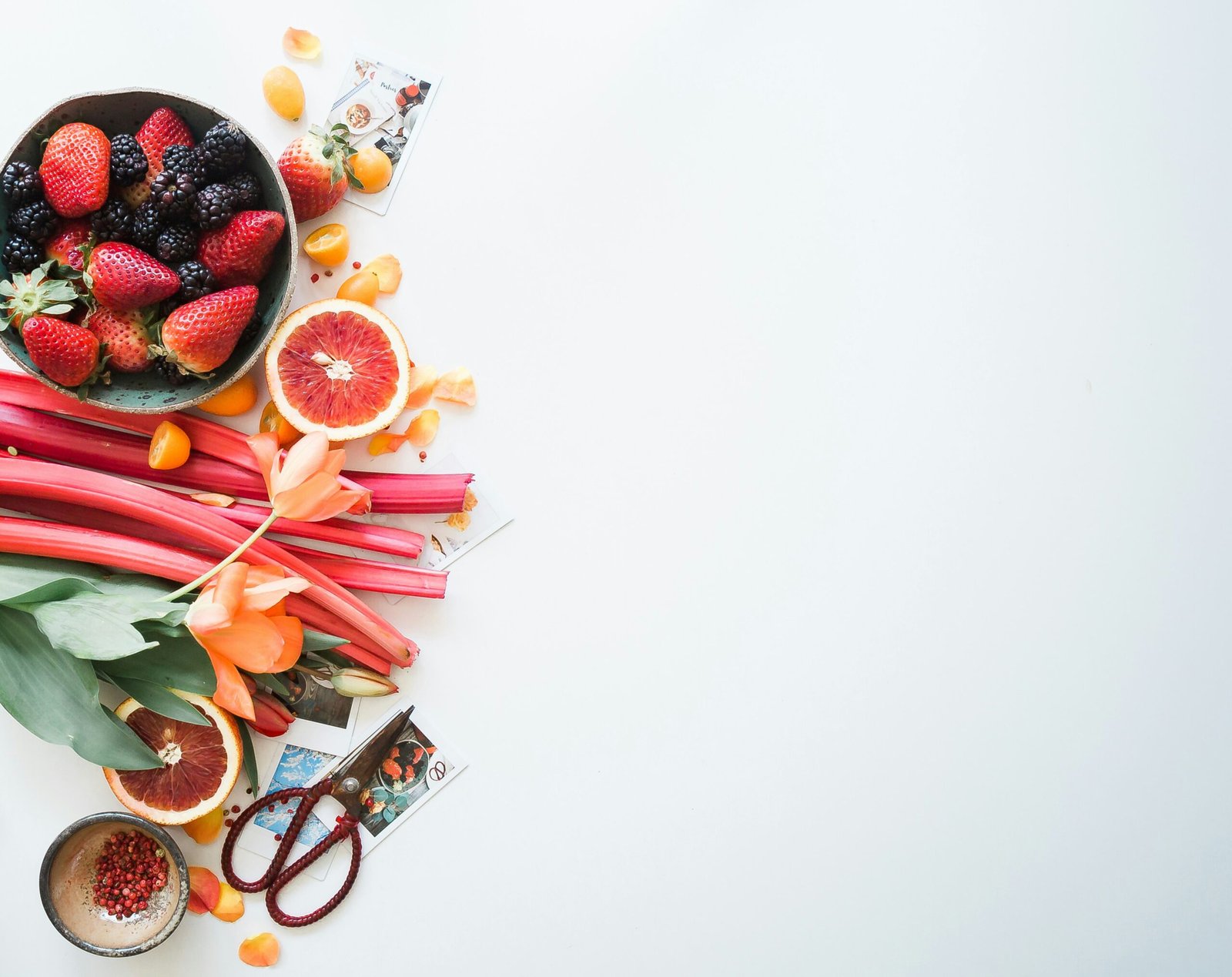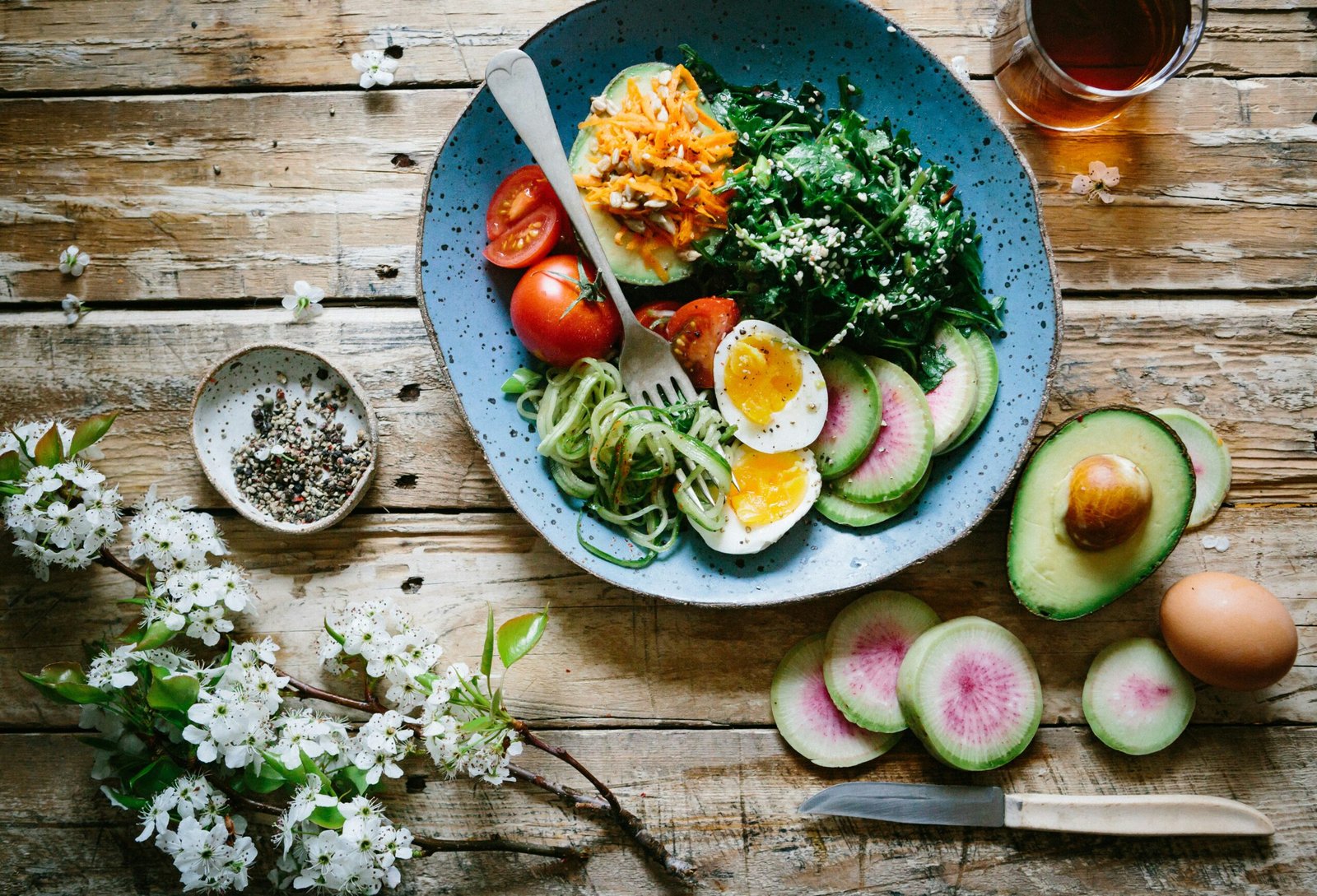Understanding Different Dietary Preferences
In today’s diverse culinary landscape, understanding different dietary preferences is essential, particularly when catering to a wide range of individuals. These preferences often stem from health needs, ethical considerations, or personal choices, and they significantly impact nutritional intake. Common dietary preferences include vegetarian, vegan, gluten-free, dairy-free, and keto diets, each with unique requirements and restrictions.
Vegetarian diets exclude meat but may include other animal products like eggs and dairy. They emphasize plant-based foods, which are rich in vitamins, minerals, and fiber. According to a 2018 Gallup poll, about 5% of Americans identify as vegetarian. Vegan diets, more stringent, eliminate all animal products, including dairy and eggs. The Vegan Society reports a significant rise in veganism, with over 600,000 vegans in the UK alone, a fourfold increase over five years. Both diets necessitate careful planning to ensure adequate intake of protein, iron, and vitamin B12.
Gluten-free diets are crucial for individuals with celiac disease or gluten sensitivity. Gluten, a protein found in wheat, barley, and rye, can cause severe digestive issues in these individuals. The Mayo Clinic estimates that about 1% of the global population is affected by celiac disease. Gluten-free diets require substituting traditional grains with options like rice, quinoa, and gluten-free oats, ensuring sufficient fiber and nutrient intake.
Dairy-free diets are often adopted by people with lactose intolerance or dairy allergies, which affect approximately 68% of the global population, according to the National Institutes of Health. Dairy-free alternatives, such as almond, soy, and oat milk, provide calcium and vitamin D while avoiding gastrointestinal discomfort.
The ketogenic (keto) diet, high in fats and low in carbohydrates, shifts the body’s metabolism towards ketosis, a state where fat is used for energy. Initially developed to manage epilepsy, it has gained popularity for its potential benefits in weight loss and blood sugar control. However, it requires careful monitoring to prevent nutrient deficiencies and maintain balanced nutrition.
Understanding these dietary preferences and their implications on health and wellness is vital when crafting menus. Incorporating balanced and nutritious ingredients tailored to these needs not only respects individual choices but also promotes overall well-being. By staying informed and adaptable, we can create delicious and inclusive meals that cater to everyone’s dietary requirements.
Easy-to-Make Recipes for Every Diet
Adapting to various dietary preferences can be a rewarding experience, especially when you have a collection of simple, nutritious recipes at your disposal. Whether you follow a vegan, gluten-free, or keto diet, these easy-to-make recipes are designed to satisfy your cravings while meeting your nutritional needs.
Vegan Recipes
1. Chickpea Avocado Salad
Ingredients:
- 1 can chickpeas, drained and rinsed
- 1 avocado, diced
- 1 small red onion, finely chopped
- 1 cup cherry tomatoes, halved
- 2 tbsp olive oil
- Juice of 1 lemon
- Salt and pepper to taste
- Fresh parsley, chopped (optional)
Instructions:
- In a large bowl, combine chickpeas, avocado, red onion, and cherry tomatoes.
- Drizzle with olive oil and lemon juice, then season with salt and pepper.
- Toss gently to combine, ensuring the avocado remains intact.
- Garnish with fresh parsley if desired and serve immediately.
Nutritional Information (per serving):
Calories: 250, Protein: 6g, Carbs: 30g, Fat: 14g
2. Quinoa Stuffed Bell Peppers
Ingredients:
- 4 large bell peppers, tops cut off and seeds removed
- 1 cup cooked quinoa
- 1 can black beans, drained and rinsed
- 1 cup corn kernels
- 1 cup diced tomatoes
- 1 tsp cumin
- 1 tsp paprika
- Salt and pepper to taste
Instructions:
- Preheat your oven to 375°F (190°C).
- In a large bowl, combine cooked quinoa, black beans, corn, diced tomatoes, cumin, paprika, salt, and pepper.
- Stuff each bell pepper with the quinoa mixture and place them in a baking dish.
- Bake for 25-30 minutes, until the peppers are tender.
Nutritional Information (per serving):
Calories: 200, Protein: 7g, Carbs: 40g, Fat: 2g
Gluten-Free Recipes
1. Zucchini Noodles with Pesto
Ingredients:
- 2 large zucchinis, spiralized
- 1 cup fresh basil leaves
- 1/4 cup pine nuts
- 1/4 cup grated Parmesan cheese
- 1 garlic clove
- 1/4 cup olive oil
- Salt and pepper to taste
Instructions:
- In a food processor, combine basil, pine nuts, Parmesan cheese, and garlic. Pulse until finely chopped.
- With the processor running, gradually add olive oil until the mixture is smooth. Season with salt and pepper.
- Toss the spiralized zucchini with the pesto until well coated.
Nutritional Information (per serving):
Calories: 180, Protein: 4g, Carbs: 7g, Fat: 16g
2. Almond Flour Pancakes
Ingredients:
- 1 cup almond flour
- 2 eggs
- 1/4 cup almond milk
- 1 tsp vanilla extract
- 1/2 tsp baking powder
- Pinch of salt
Instructions:
- In a bowl, whisk together almond flour, eggs, almond milk, vanilla extract, baking powder, and salt until smooth.
- Heat a non-stick skillet over medium heat and pour batter to form pancakes.
- Cook until bubbles form on the surface, then flip and cook until golden brown.
Nutritional Information (per serving):
Calories: 150, Protein: 6g, Carbs: 5g, Fat: 12g
Keto Recipes
1. Cauliflower Rice Stir-Fry
Ingredients:
- 1 head cauliflower, grated into rice-sized pieces
- 2 tbsp olive oil
- 1 cup mixed vegetables (e.g., bell peppers, broccoli, carrots)
- 2 garlic cloves, minced
- 2 tbsp soy sauce
- 1 tsp sesame oil
- Salt and pepper to taste
Instructions:
- Heat olive oil in a large skillet over medium heat. Add garlic and mixed vegetables, sauté until tender.
- Add grated cauliflower and cook for 5-7 minutes until tender.
- Stir in soy sauce and sesame oil, season with salt and pepper. Serve hot.
Nutritional Information (per serving):
Calories: 120, Protein: 3g, Carbs: 8g, Fat: 8g
2. Avocado Chicken Salad
Ingredients:
- 2 cups cooked chicken, shredded
- 1 avocado, mashed
- 1/4 cup mayonnaise
- 1 tbsp lime juice
- 1/4 cup chopped cilantro
- Salt and pepper to taste
Instructions:
- In a large bowl, combine shredded chicken, mashed avocado, mayonnaise, lime juice, and cilantro.
- Season with salt and pepper, mix well to combine.
- Serve immediately or refrigerate for later use.
Nutritional Information (per serving):
Calories: 250, Protein: 20g, Carbs: 5g, Fat: 18g
Meal prepping these recipes can make your week much more manageable. For instance, you can spiralize zucchini in advance or cook a large batch of quinoa. These simple steps can save time and ensure you always have delicious, nutritious meals ready to go. Personal testimonials from friends and family who have tried these recipes often highlight their ease and flavor, proving that dietary restrictions do not have to compromise taste or convenience.







